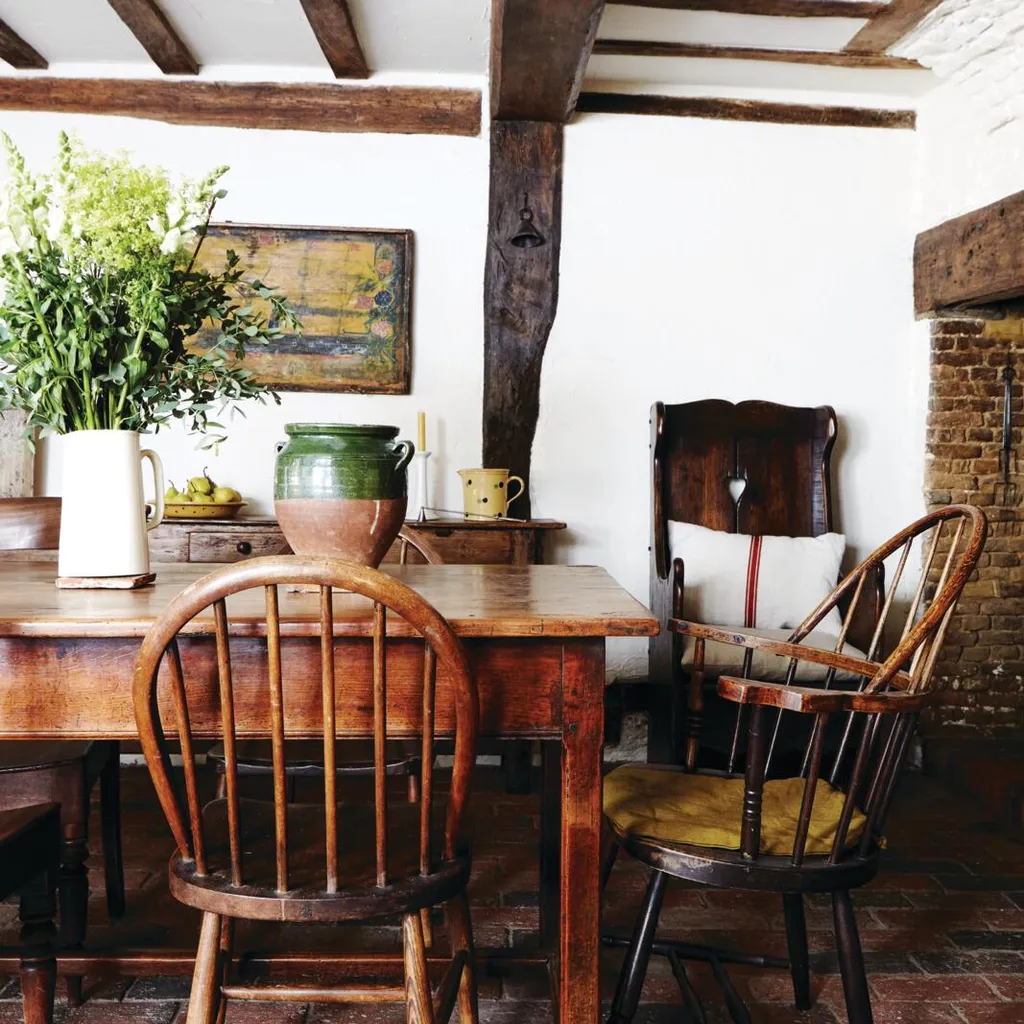The mustard-yellow vessel holding the bright sunflowers in Vincent van Gogh’s famous still life may not take centre stage, but it’s evidence that even in the late 19th century, confit pots were used for decorative purposes.
These days, antique versions from France, Spain and Italy are highly sought after for their simple, visual appeal, as well as their history.
Van Gogh was living in southern France, an area associated with prolific production of confit pots, when he painted the second series of Sunflowers in 1888. Although commonly associated with France, the terracotta pots were also widely used across southern Europe and beyond.

What were confit pots used for?
‘These pots were used for preserving food in the 19th century; mainly meats in fat, such as duck confit,’ says dealer Caryl Tincknell of Violet Grey, who specialises in French antiques. ‘The word ‘confit’ comes from the French verb ‘confire’ which means to preserve. The jars were either stored in a cold larder or buried in the ground up to the glaze line.’
In the days before refrigeration, foods were cooked in the summer months when produce was abundant and then packed into the pots and sealed with a thick layer of fat to preserve them. The contents would then be consumed in the winter months when food was more scarce. Rather than a use-by date, the cook would label each pot with the date it had been filled and would know if the food was fit to eat.
Dealer Appley Hoare also specialises in French antiques and often stocks confit pots. ‘Terracotta is perfect for this type of food preservation as it absorbs moisture and keeps the contents cool,’ she says. ‘That’s why most of these pots are found in hot climates.’ Once ubiquitous, these days they are harder to come by, she admits. ‘Like all the most interesting 18th and 19th-century items, they are becoming more difficult to find.’

How were confit pots made?
The pots were always glazed on the inside and outside, although many are only half glazed on the exterior to allow for easier absorption of water. The glazes range from a lovely creamy shade, found in Italy, to a more yellow and ochre finish common to France and Spain. There are also green examples, but these are much rarer.

How do you identify the age of a confit pot?
Confit pots are not stamped with manufacturer’s marks, so it is not easy to identify exactly where or when they were made, but Caryl says age is usually revealed by their condition. ‘You can normally tell by the patina and glaze if they are the really old 19th-century examples,’ she says. ‘The very old ones are much harder to find, especially the green ones. In France, we still see quite a few of varying condition and quality.’

Where to buy antique confit pots
What to look for when buying antique confit pots
- Price varies according to the condition and size of the pot, as well as its age. Expect to pay around £80 for an average size, yellow-glazed pot, and around £250 for a larger French confit pot
- Green confit pots are more expensive again as these are rarer than their yellow counterparts, so too are the very small versions, according to Caryl.
- Creamy-white pots tend to be Italian and these would have been used for storing anchovies, olives and sardines in brine or olive oil. Blue confit pots also exist, as do patterned examples.

